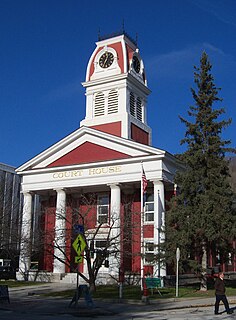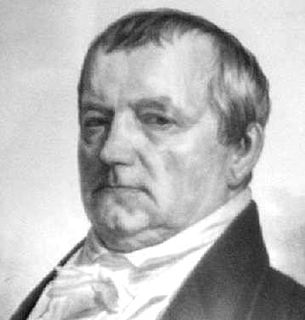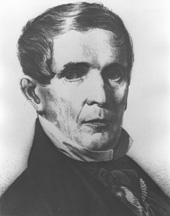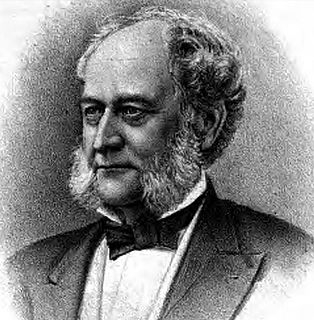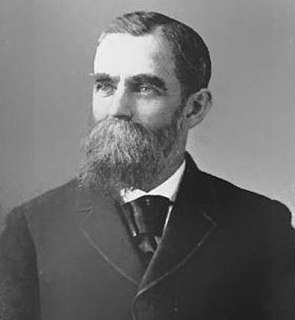
Henry M. Bates (July 4, 1808 -- August 20, 1865) was a Vermont banker and politician who served as Vermont State Treasurer for six years.

Vermont is a state in the New England region of the northeastern United States. It borders the U.S. states of Massachusetts to the south, New Hampshire to the east, New York to the west, and the Canadian province of Quebec to the north. Vermont is the second-smallest by population and the sixth-smallest by area of the 50 U.S. states. The state capital is Montpelier, the least populous state capital in the United States. The most populous city, Burlington, is the least populous city to be the most populous city in a state. As of 2015, Vermont was the leading producer of maple syrup in the United States. In crime statistics, it was ranked as the safest state in the country since 2016.

The State Treasurer's Office is responsible for several administrative and service duties, in accordance with Vermont Statutes. These include: investing state funds; issuing state bonds; serving as the central bank for state agencies; managing the state’s cash balances, check processing and reconciliation; safeguarding and returning unclaimed or abandoned financial property; and administering three major pension plans for public employees. The treasurer is elected to two year terms as are all Vermont's constitutional state office holders.








